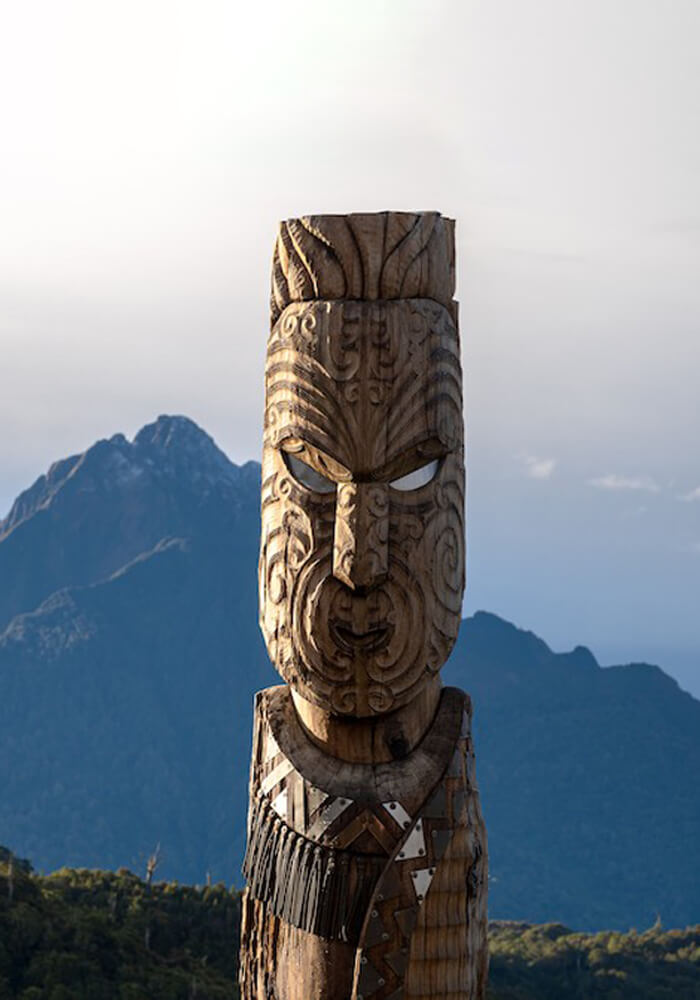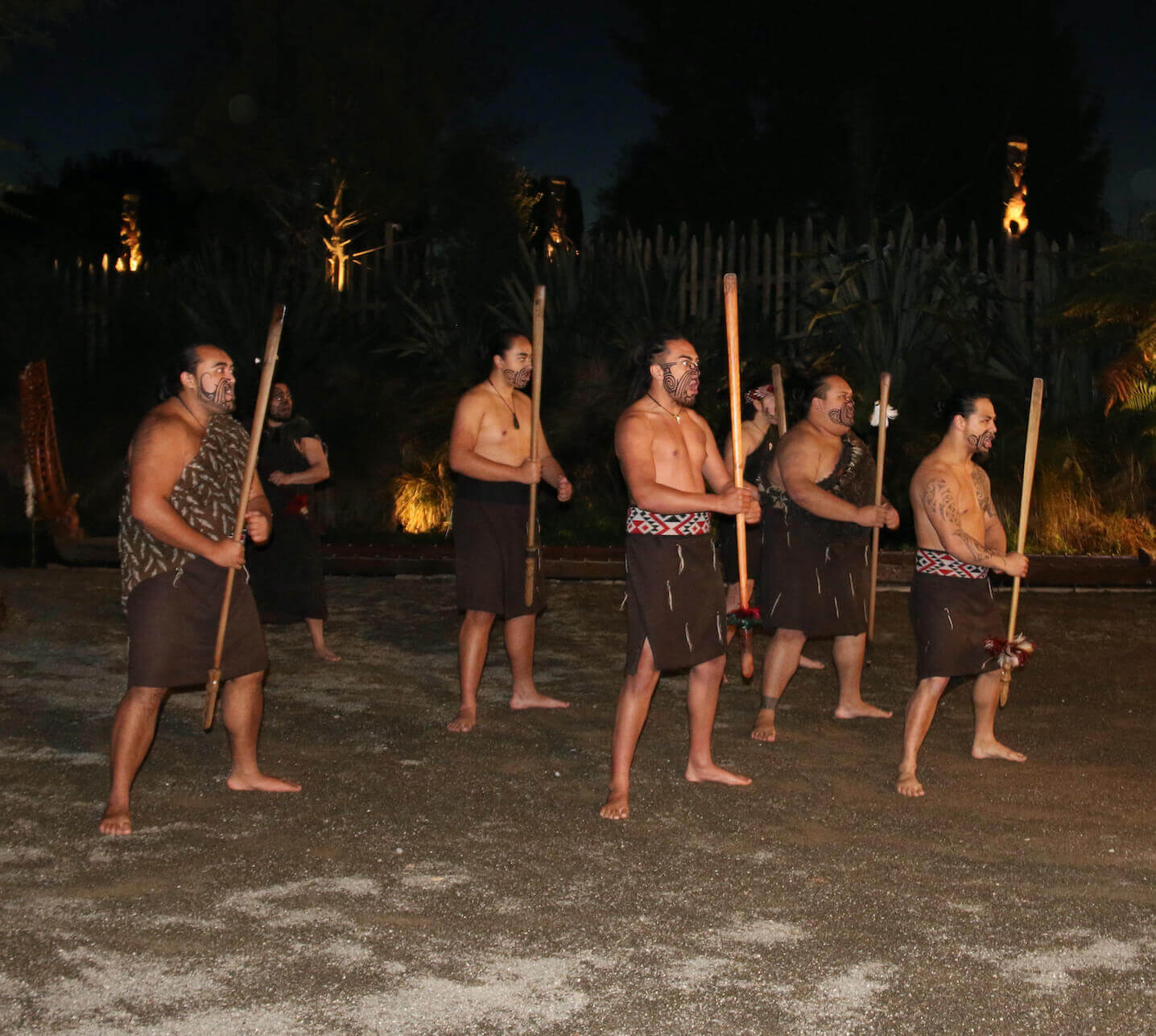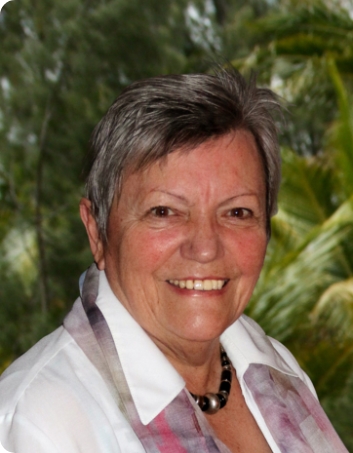New Zealand
Land down under
Mãori Culture
To this day it is not certain where the Mãori originally came from. What is certain, however, is that the Mãori culture is only around 700 years old, making it one of the youngest cultures in the world.
The Mãori lived in New Zealand for over 300 years before European settlers arrived. During this “pre-contact” period, the Mãori developed a culture distinct from their Polynesian heritage. They developed their own language and their own way of conveying information. Stories were taught verbally through narration or represented in carvings. Because of this, the Maori are some of the most incredible storytellers you will ever meet.
Below is just a tiny excerpt from the world of the Mãori:
Erkunde mehr

The legend of the Mãori
Mãori legend has it that Māui, a wise and gifted demigod, created the North and South Islands of New Zealand. He was admired and famous for his spectacular exploits and ingenuity. He conquered the sun and stole fire for the people.
According to legend, Mãui fished the North Island out of the sea. His four brothers wanted to go fishing without him so he hid under the canoe’s floorboards. He carved a fishing hook from the jawbones of an ancestor and cast it into the deep sea. Suddenly he caught something huge and his brothers helped him drag “Te Ika a Mãui” (Mãui’s fish) to the sea. To their surprise, it was a large country, today’s North Island.
The South Island is said to have been “Te Waka a Mãui” (Mãui’s canoe). Rakiura (Stewart Island) is believed to be the anchor and is called “Te Punga a Mãui” (Mãui’s Anchor Stone).
New Zealand
Põwhiri, Hõngi & Haka – The welcoming ceremonies
A põwhiri is a Mãori welcoming ceremony consisting of whaikõrero (formal speech), waiata (singing) and kai (food). You can experience a põwhiri by visiting Mãori sites.
The greeting by the Hõngi is also well known: Two people press their forehead and nose together briefly, close their eyes and take a deep breath. This is meant to represent the sharing of the “Breath of Life” where souls and encounters take place.
You are probably familiar with haka from Mãori culture, presumably from the performance by New Zealand rugby players before every game. This dance is often mistaken for a war dance, but there are innumerable types of haka. These range from motivational dancing for the tribe to funerals.
New Zealand

Tailor-made dream trips
Meeting the locals of a foreign country is always a real experience! Especially when you meet the indigenous people, the Tangata Whenua of Aotearoa. New Zealand is shaped by Mãori history, culture and values.
Experience not only a traditional Mãori village, but meet Mãori individuals personally on a tour in a traditional waka (canoe), in the beautiful Kauri forest or at a workshop where the Mãori show you their craftsmanship. Enjoy the unique hospitality of a manaakitanga (showing respect) as the Mãori welcome you.
Contact us
New Zealand

Te Reo Mãori (Mãori language) – Kai & Hãngi (Mãori food)
Kia ora! (Hello) – two words, one big meaning. Try learning a few Mãori phrases before or during your trip and show respect for New Zealand’s indigenous people. Te Reo Mãori (the language of the Mãori) is being used more and more in New Zealand and is one of the three official languages along with English and New Zealand Sign Language.
The Mãori language is considered a national taonga (treasure) and is taught and used in various forms. “Kia ora” is not only used to greet someone, but also as a general expression of appreciation.
Traditionally, Mãori were hunter-gatherers. Their food was gathered from the sea, rivers and forests. You should definitely try the amazing cuisine. One of the most traditional and popular dishes of Mãori culture is the hãngi. This consists of wrapped meat and vegetables that are slowly cooked under the ground. Delicious!
New Zealand
Toi (Mãori art)
Raranga (weaving), tã moko (tattooing), pounamu (jade) and whakairo (carving) are among the many traditional Mãori art forms. These art forms look back on the past, are executed with respect and carried into the future. Art is very spiritual for Mãori: in their art they pass on legends and information from their ancestors. Tã moko (tattoos) are unique to each person because they show each person’s genealogy, knowledge, and social status within their tribe (or “iwi”). Mãori art can be seen up close at cultural centers and ateliers throughout New Zealand.
New Zealand

Experience traditional performances
The best way to experience Mãori culture is to visit a marae, the Mãori meeting place. To be welcomed into the marae, you must first be greeted by a powhiri. This usually involves a challenge from a Mãori warrior in which you sing together and you must show that you come in peace. It’s not as scary as it sounds. In fact, we’d say it’s one of the must-do Mãori experiences in New Zealand. In order to respect ancient traditions, there are a few rules of conduct you need to be aware of when visiting these Mãori meeting places. We will inform you about them.



